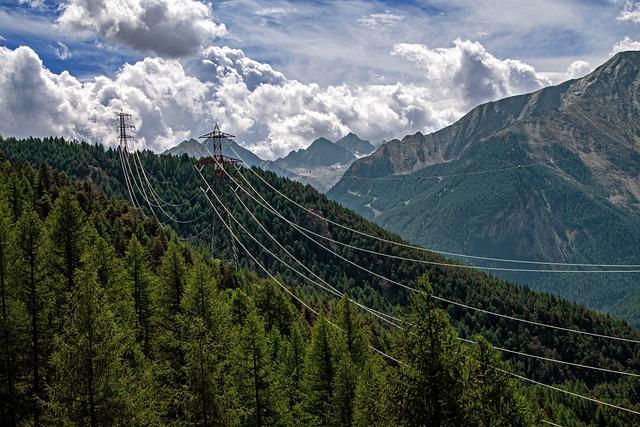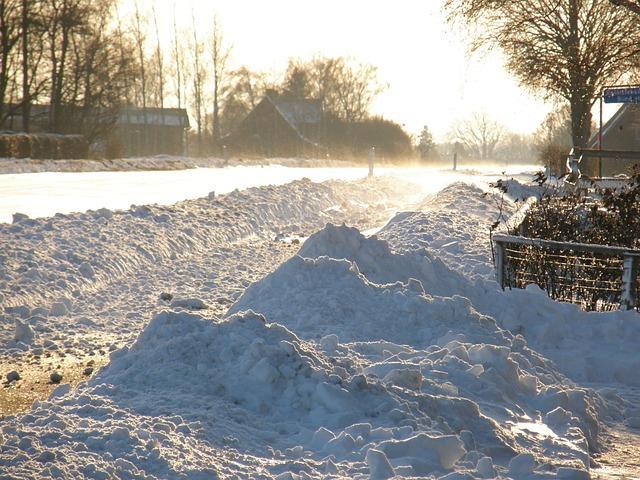Effective tree risk management is crucial for maintaining the health and safety of urban environments. Utilizing arborist reports plays a pivotal role in assessing and mitigating potential risks associated with trees. Arborist reports provide a systematic process for identifying, evaluating, and managing tree-related risks, helping property owners and arborists make informed decisions. This article explores the importance of utilizing arborist reports for effective tree risk management, drawing insights from authoritative sources like the Guide to Developing Effective Urban Tree Regulations[1] and Arborist Report Requirements Draft[3]. By understanding the significance of arborist reports in assessing tree risks, stakeholders can ensure the well-being of trees and the surrounding community.
Arborist reports play a crucial role in effective tree risk management by providing detailed insights into the health and condition of trees. A comprehensive arborist report typically includes key components such as tree species identification, tree size, location, health assessment, structural integrity analysis, and recommendations for management or treatment [1]. These reports serve as valuable tools for property owners, landscapers, and arborists alike to make informed decisions regarding tree care and maintenance.
One of the primary uses of arborist reports is to identify potential tree risk factors that may pose a threat to property or human safety. By thoroughly analyzing the findings in the report, stakeholders can pinpoint specific issues such as disease, insect infestation, structural weaknesses, or environmental stressors that could lead to tree failure [3]. Understanding these risk factors is essential for developing proactive strategies to mitigate hazards and ensure the long-term health and stability of trees.
Implementing the recommendations outlined in arborist reports is crucial for maintaining tree health and reducing risks. Whether it involves pruning, fertilization, pest control, or tree removal, following the expert advice provided in the report can significantly enhance the overall well-being of the trees on the property [2]. Collaborating with certified arborists to develop and execute a tailored management plan based on the report’s findings is a proactive approach to effective tree risk management and preserving the natural beauty of the landscape.
Q&A
Q: What is Quantified Tree Risk Assessment (QTRA)?
A: Quantified Tree Risk Assessment, abbreviated as QTRA, is a method used for managing tree risk by assessing the level of risk associated with trees. It provides a defendable threshold for determining the risk level of trees independently[[[[1].
Q: How do arborists assess tree risk ratings?
A: Arborists typically use the Tree Risk Assessment methods established by the International Society of Arboriculture (ISA) to evaluate a tree’s risk rating. These ratings consider the overall health of the tree and its structural stability[[[[2].
Q: What role does professional expertise play in tree risk assessment?
A: Professional expertise plays a crucial role in tree risk assessment, especially in arboriculture. Those managing urban forests have witnessed advancements in tree risk assessment methods over a relatively short period of time, highlighting the importance of skill and knowledge in accurately evaluating tree risks[[[[3].
Conclusion
effectively utilizing arborist reports is essential for successful tree risk management in arboriculture operations. By implementing the five crucial risk management techniques discussed in the article[1], arborists and tree care companies can ensure the safety and health of trees while minimizing potential risks. Tree stewardship plays a significant role in reducing heat-health impacts and promoting urban forest management, as highlighted in the research[2]. Additionally, the development of tree risk assessment methods is crucial for understanding the theories related to tree risk and ensuring comprehensive evaluations[3]. incorporating arborist reports into tree risk management practices is a proactive approach that enhances operational efficiency and promotes the well-being of trees and surrounding environments.
Simpsons Tree Services, Servicing Melbourne’s North Eastern Suburbs
Book a quote online at www.simpsonstrees.com.au




